
Spices and dried herbs are some of the longest-lasting foods in the pantry, with a shelf life sometimes measured in years rather than months. The most durable examples are whole spices, such as nutmegs or cinnamon sticks, but even ground spices hold up well if they're carefully stored. Seasoning blends are usually just as reliable, though moisture and direct light can limit their usefulness.
The Undead Pantry
If you were ever fascinated by ancient Egypt in your childhood, you probably remember that the Egyptians prepared their mummies using salt and spices. Most seasoning blends consist of exactly those ingredients, so it's not surprising they store well for extended periods. Salt is a mineral and can't lose its savor, but the flavor compounds that make herbs and spices such a delight are usually volatile. Once the spice or herb is ground or flaked, it begins to lose flavor. In extended storage, eventually the mixture's taste becomes faded enough to be unusable.
Only the Strong Survive
Most spice mixtures are imprinted with a freshness date, providing a rough guide to the limits of their best flavor. You can continue to use the mix past that date, because the spices will only fade gradually. A more immediate concern is that not all of the ingredients lose potency at the same rate. Dried herbs typically become flavorless in a relatively short time, while spices lose some brightness but remain recognizably the same. Over time, as some ingredients fade more than others, the flavor profile of your spice mixture will change. That, rather than spoilage, is the primary issue.
Storage and Spoilage
The reason many foods develop unpleasant flavors is that their natural oils oxidize and become rancid. Although spices gain much of their flavor from volatile oils, they're also loaded with natural antioxidants that inhibit that process. Some mixtures containing dried citrus or similar flavorings might eventually show some rancidity, but it's rare. Problems with storage or usage are more common. Keeping your spice mixtures above the stove, where it's hot and steamy, is a bad idea. Store them instead in a cool, dark place, away from the light. Don't shake them directly into a hot pot, because the steam can get into the jar. Moisture can cause the spices to cake, and dried herbs or onion flakes can become moldy if they encounter too much steam.
Food Safety in Your Spice Jars
Although it's not spoilage in the traditional sense, there is one more detail to be aware of when using spices. A three-year study conducted by the U.S. Food and Drug Administration found salmonella in 7 percent of the spices it tested, imported -- like most spices -- from tropical countries. This doesn't mean you should stop using spices and spice mixtures, but it deserves some attention. Whenever possible, add your spice mixtures to foods during preparation, rather than as a late sprinkle just before they get to your table. Temperatures of 160 degrees Fahrenheit are hot enough to kill salmonella and most other pathogens.
Related Articles

Does Dry Chili Ever Expire?

How to Determine If a Spice or ...
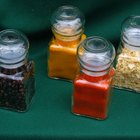
How to Keep Moisture Out of My Spices
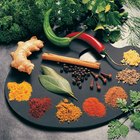
Can Bugs Grow in Spices Such As Paprika?

How to Rehydrate Dried Herbs
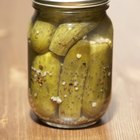
What Are the Seeds in Pickle Jars?

What to Use in Place of Italian ...
Can Cinnamon Lose Its Potency?
How Long Can Food Stored in Canning ...
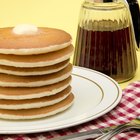
Does Dry Pancake Batter Mix Go Bad?

Can You Freeze Spices & Herbs for ...

Can I Exchange Cinnamon for Allspice?

How to Make Black Clothing Look Good ...

What Is Dye Made From?
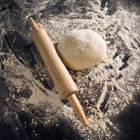
Can You Use Musty Smelling Flour?

Do Spices Enhance Yeast Growth?

Why Does Wine Not Expire?
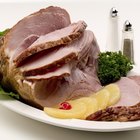
Does Boiled Ham Have Nitrites?
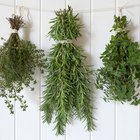
Fresh Herbs Vs. Dried Herb Substitution
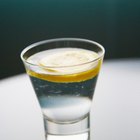
Tanqueray Gin Ingredients
References
- On Food and Cooking: The Science and Lore of the Kitchen; Harold McGee
- Spices Inc.: What is the Shelf Life of Spices and Herbs?
- The New York Times: Salmonella in Spices Prompts Changes in Farming
Resources
Writer Bio
Fred Decker is a trained chef and prolific freelance writer. In previous careers, he sold insurance and mutual funds, and was a longtime retailer. He was educated at Memorial University of Newfoundland and the Northern Alberta Institute of Technology. His articles have appeared on numerous home and garden sites including GoneOutdoors, TheNest and eHow.
Photo Credits
Visage/Stockbyte/Getty Images